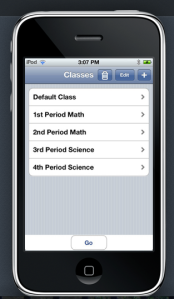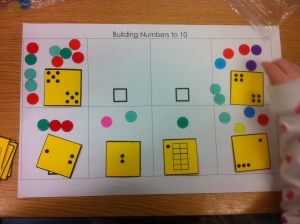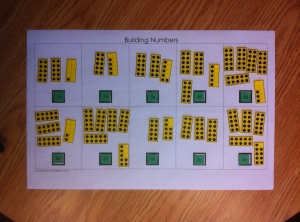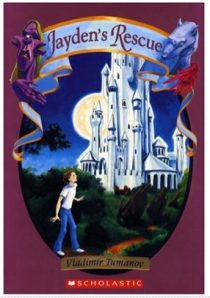 I do an extensive amount of problem solving with students, and part of each such lesson is devoted to sharing strategies for solving the problem. As teachers, many of us have looked for ways to give “equal opportunity” for all during sharing (which also ensures that no students are “coasting” and never choosing to share an answer, a strategy, or an opinion).
I do an extensive amount of problem solving with students, and part of each such lesson is devoted to sharing strategies for solving the problem. As teachers, many of us have looked for ways to give “equal opportunity” for all during sharing (which also ensures that no students are “coasting” and never choosing to share an answer, a strategy, or an opinion).
There are some “low-tech” ways to accomplish that, such as to write the name of each student on the end of a popsiscle stick, place all the sticks in a jar or can, and then pull the sticks out of the container one at a time. When a name is called the student is asked to share something.
I have recently learned of an app for iOS devices that can replace the popsiscle stick jar (or any other low-tech method you may be using).
iLeap Pick A Student is a simple app designed specifically to help teachers pick students to help or participate in class. It supports multiple different classes and various options to choose students. Choosing a student randomly will pick any student from the class, and using turn based selection every student will be picked before any student is picked again. It requires the teacher to input the class list (or multiple class lists), and the rest is easy.
Pick a Student is available to download for free on the iPhone App store. It can be used on iPhones, iPads, iPods, and other such iOS devices. You can find out more about the app here:
http://ileap-pick-a-student.topapp.net/
Happy Problem Solving!
Mathematically yours,
Carollee







